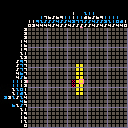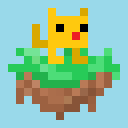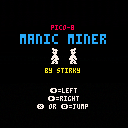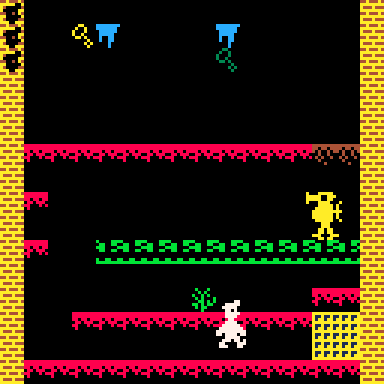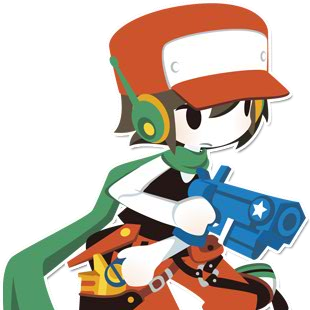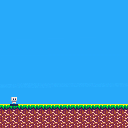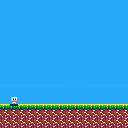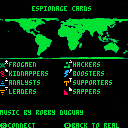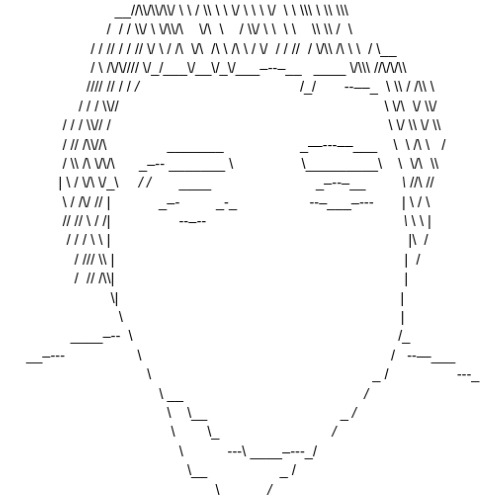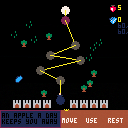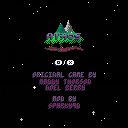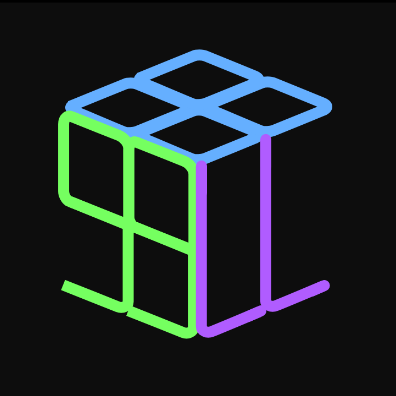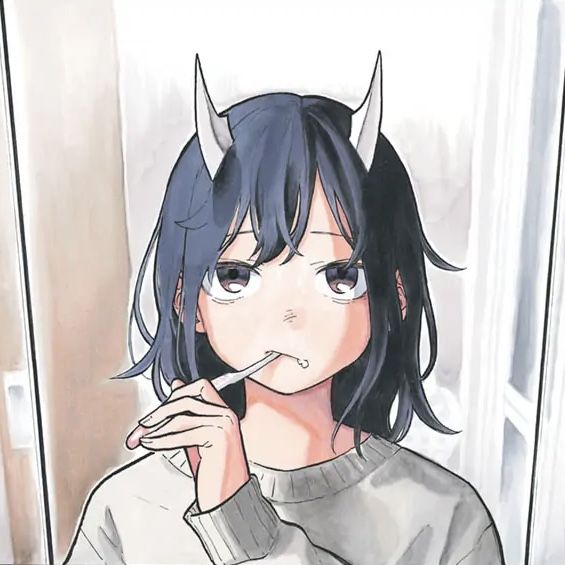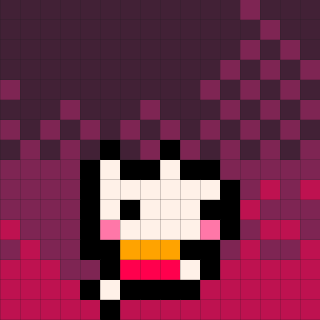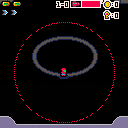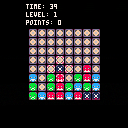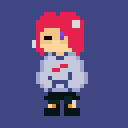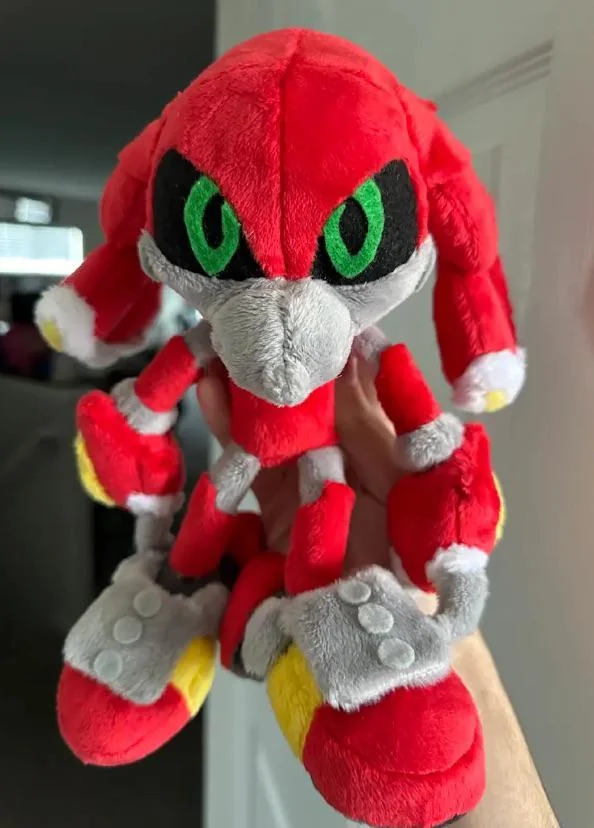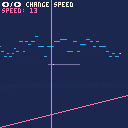The Pit Jr.
A Pico-8 remake of the little known, seldom remembered 1982 coin-op game "The Pit". This simple game is often cited as the inspiration for Boulderdash and other digging games, and features a careful descent into a rock-strewn cavern, the daring acquisition of precious gems, and a heart-stopping escape through the terrifying pit, where lurks the ravenous monster... at least, that's how it must have seemed to early-80s kids.
You can see gameplay from the original here: YouTube
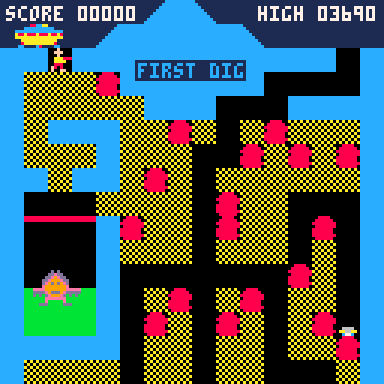
Controls: directions to move, x to fire laser.
I've tried to recreate the distinct features of the arcade original, warts and all, including the unique movement, the simple graphics and the enemy behaviour. It also includes a lot of janky luck-based gameplay that will have you tearing your hair out - just like the original!


Hello,
I love all the demakes/remakes.
This one of my favorite games from the 80's and it would be cool to see this on the Pico 8.
https://forums.overclockers.com.au/threads/retro-lets-play-bruce-lee-datasoft-1984.1310249/
I don't have the skill or I would try.
Just throwing it out there. :)
I only played it for the PC but sounds like it came out for the C64 as well.
-Montana


Hello all, I'm still learning about PICO-8 and I'm interested in ensuring I understand the implications of using local variables, global variables or upvalues.
As many do, I use a for/in loop to update my roster of enemies:
for en in all(ens) do local ecx,ecy,efov=en.x+2,en.y+3,0.1 --apply friction en.dx*=(en.dx>0.05 or en.dx<-0.05) and fric or 0 en.dy*=(en.dy>0.05 or en.dy<-0.05) and fric or 0 if (en.alert>0) efov=0.3 --sees player? if (sees(ecx,ecy,pcx,pcy,50,en.fac,efov,2)) then --face toward player en.fac=atan2(pcx-ecx,pcy-ecy) --set terminus en.tx,en.ty=pcx,pcy en.alert=2 -- ...etc |
My question is regarding the locality of the current element ("en" in the example above) and its constituent table elements. If I'm going to be reading en.x, en.dx, etc. multiple times within the loop, will it save cycles to make local copies of each of these first, or are they already local by being part of the current element ("en")?


At the moment, we have 6 native functions to peek and poke the memory :
v=peek(addr, [n] ) you also have v=@addr that is equivalent to peek(addr,1) and peek(addr)
v=peek2(addr, [n] ) and v=%addr
v=peek4(addr, [n] ) and v=$addr
poke ( addr, [value,] [...] )
poke2( addr, [value,] [...] )
poke4( addr, [value,] [...] )
What could be a good extension of this ? The problem is not really the coding part, but rather coming up with conventions that fit well withing the pico8 universe...
poke3 seems like a simple addition, but what three bytes should be copied from the value ?
Pico8 is a little endian universe
XXXX read from value
..... ignored
[ pico8 numeric value ]
[fraction ] [integer ]
Byte0 Byte1 Byte2 Byte3
poke ..... ..... XXXXX .....
poke2 ..... ..... XXXXX XXXXX
poke3 ????? XXXXX XXXXX ?????
poke4 XXXXX XXXXX XXXXX XXXXX |
Since our standard pico8 numbers are 16.16 bits, we can't go further, poke5 wouldn't make sense.

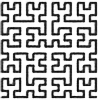
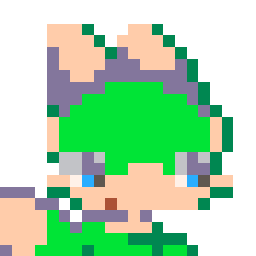
Espionage Cards is a card solitaire inspired by "The Solitaire Conspiracy" (Bithell).
In this game you have to complete a solitaire game within a given number of moves.
Any comments or criticisms are welcome :)
release 1.1.3 (2025-06-10)
- tweaked max moves
- add a mission briefing
- save music setting
- token optimization
- code cleanup
Player must reset game (menu->reset game)
release 1.1.2 (2025-06-05)
- tweaked max moves: more difficult
- add a mission message
- updated MalaCorp description (by AI)
- token optimization
I am not sure that you have enought moves to win a mission, but you can reshuffle cards.



Snow White and the Seven Boards
About
Can you traverse the seven boards and reach the seven dwarfs in this dwarfs in this epic adventure? Join Snow White and her mystical band of animals as you face perils unbeknownst to the movie-boardgame-videogame-adaptation genre up until now!
(There are only 4 boards)
(Produced hastily for an open-ended school project)
Playing the Game
Controls
Use left and right arrow keys to navigate menus and Z to select. The down arrow key is exclusively used when placing cards to stop placing them.
Cards
Throughout the game you will collect a variety of cards. Each card has 4 statistics:
Health - Card gets removed from the playing field when at 0 health.
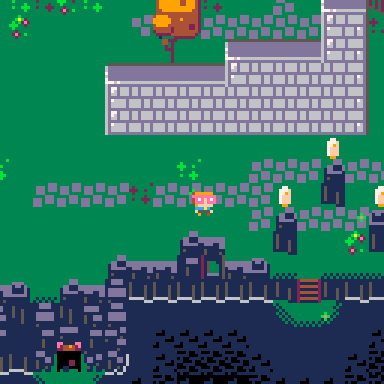
I'm hoping someone out there can help me solve the ever increasing speed of my bird animation. The goal is to have the ability to put these bird sprites (spr 39 is the static resting bird sprite) all over the map and as the player gets close to them they are disturbed and fly away. A counter ("birds") counts them and this counter is used to alter states later in the game. Everything is working except that every bird that is disturbed flaps it's wings faster than the previous bird. Any attempt to reset this just results in the bird not animating at all and floating away motionless which is kind of comical. :P
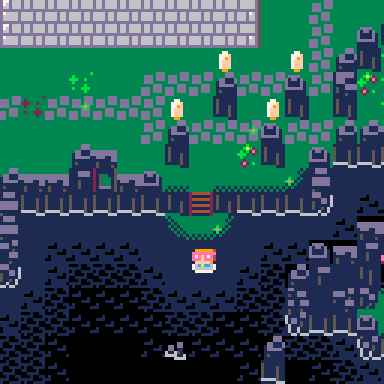
My update and draw code for these bad bois are below. Any ideas as to how I could get them to fly away at the same animation speed regardless of how many have been disturbed? Newish to coding in general here so I'm probably going about this the wrong way. FYI, sprite 39 and 19 are both static versions of the bird depending on the background they sit in front of.

I purchased Pico8 before the pandemic but started to deepdive in May2023. I'm bad at math and coding, but have experience in Illustrations and Graphic Design. The way I approach learning Pico8 is by editing others' code and numbers and see how it goes. In this case is Christian(Lazy Dev). I followed all the old tutorials and faced many obstacles in terms of debugging and still learning and started to understand abit the Lua language. Sometimes I got lost between making games to exploring the particle system that I used for motion graphics on my instagram. Currently even coding a 16x16 sprite player making me want to pull my hair off but slowly learning. I'm wandering If all the Pico8 game dev are fluent in Lua first before Pico8 it seems..Inspired by the 80s aesthetics or so it seems especially the cartoon Transformers G1 character design. to be continued...
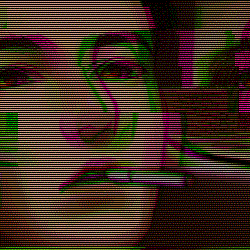

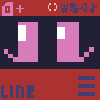
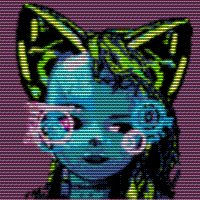
So I'm making a game that cycles through colors the sprite can turn into and I'm having a bit of trouble.
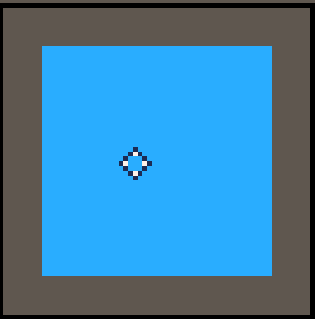
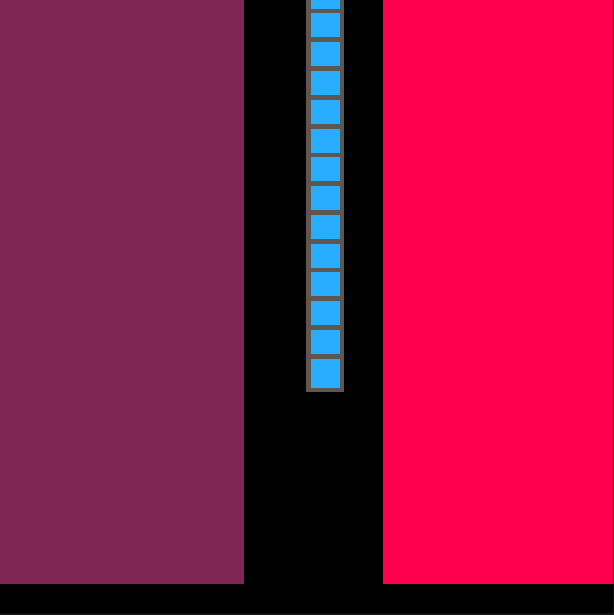
And this is the messy code:
if btn(4) then pal(12,2)
end
if btn(4) then pal(2,8)
end
if btn(4) then pal(8,12)
end
if btn(5) then pal(5,2)
end
if btn(5) then pal(2,8)
end
if btn(5) then pal(8,12)
end
if btn(5) then pal(12,5)
end


I was with a friend thinking about making a Pico 8 handheld with A Raspberry PI, and a small screen, and some buttons and a battery, and we want to make it but we have no idea how, it would be cool to also have a teeny-tiny keyboard that we could use on it, we know for the software we can just download Pico 8 on Raspberry Pi OS and have it launch on startup, we could use spore for the games and thats why we need the keyboard. (except if there is a way to get an on screen keyboard that would work similar to those of PS4 and XBox) we want to specifically make it ourselves, and only for playing Pico 8 games. Any help?



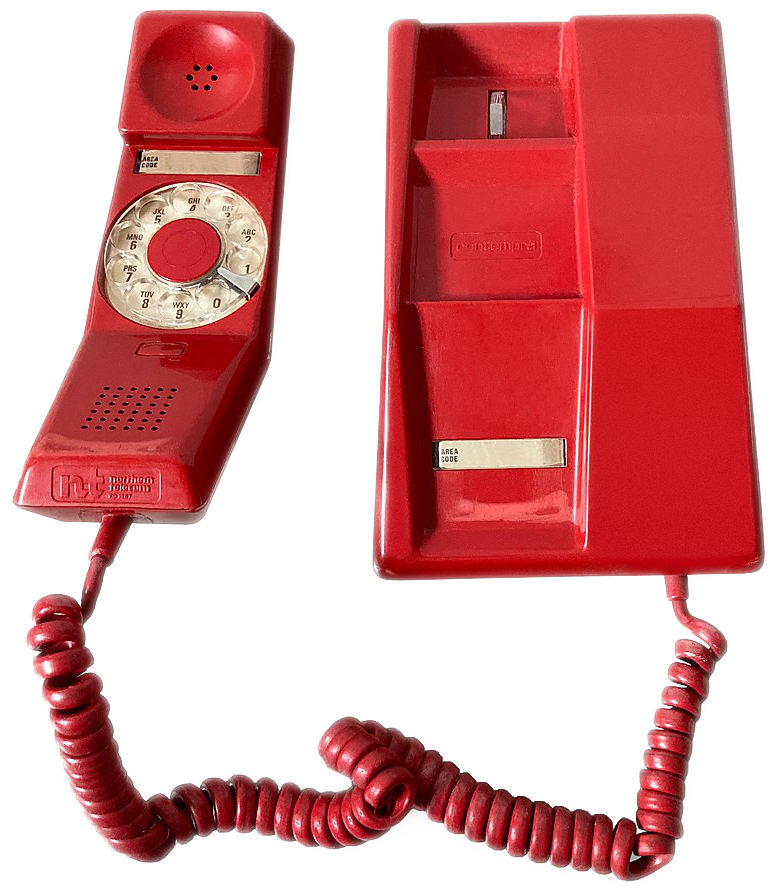
I wanted to mess with the speed of a sound-effect during runtime and couldn't find any information on how to do so when searching around. Figured it out with the help of this info about the memory layout of SFX data: https://pico-8.fandom.com/wiki/Memory#Sound_effects
Edit:
The cart code is a bit messy, here's a reusable snippet:
function sfxspd(sfx_i,spd) local addr=0x3200+(68*sfx_i)+64+1 poke(mem_addr,spd) end |







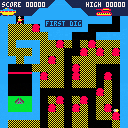
 2 comments
2 comments

